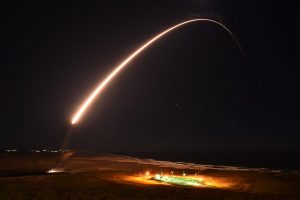
U.S. Strategic Command (STRATCOM) and U.S. Air Force leaders have often cited parts obsolescence for the 400 Boeing [BA] Minuteman III intercontinental ballistic missiles as one of the reasons to develop and field the Northrop Grumman [NOC] Ground Based Strategic Deterrent (GBSD), and Adm. Charles Richard, the STRATCOM commander, peeled back that onion in testimony before the Senate Armed Services Committee (SASC) on Apr. 20. "I cannot deter with the leftovers of the Cold War forever into the future," Richard…














